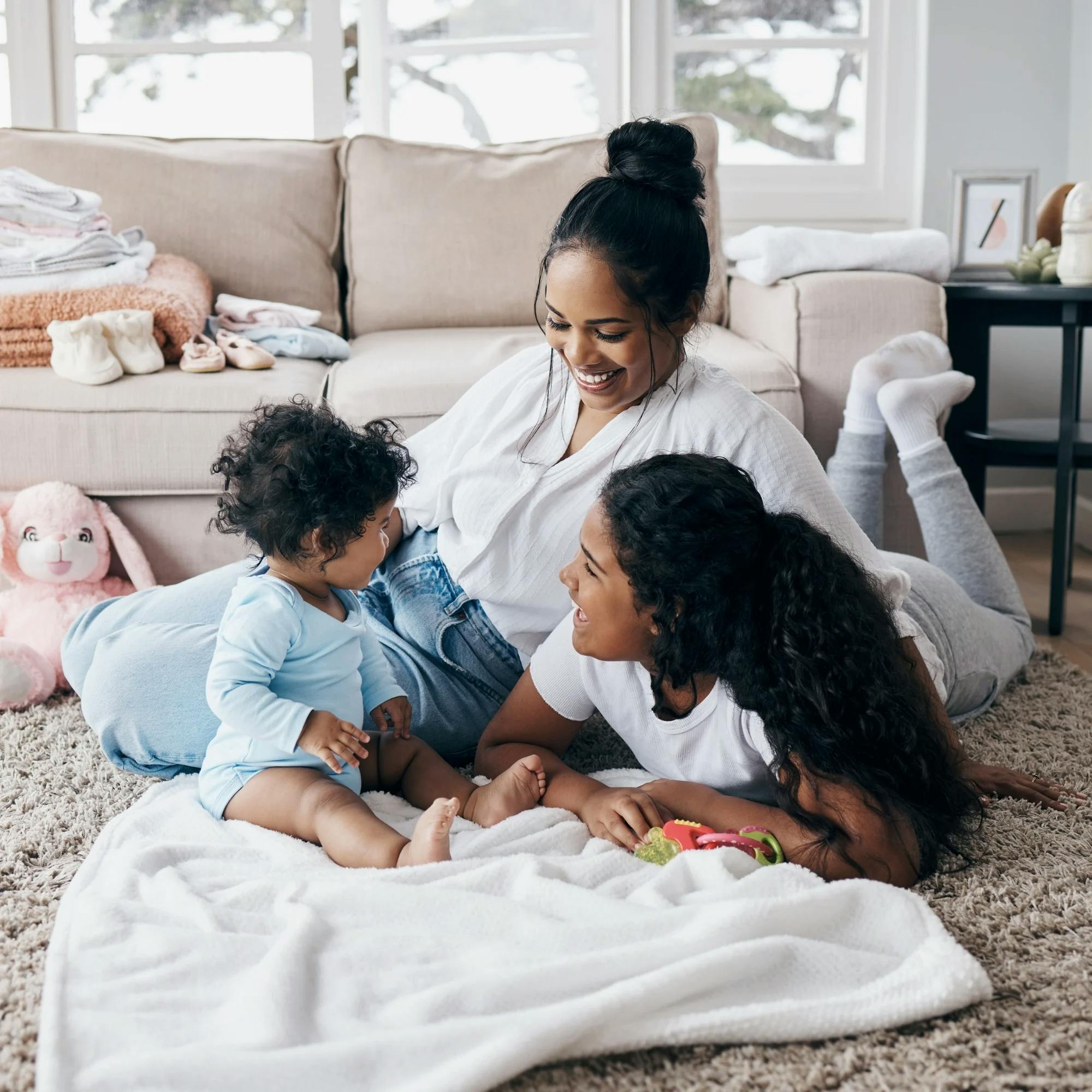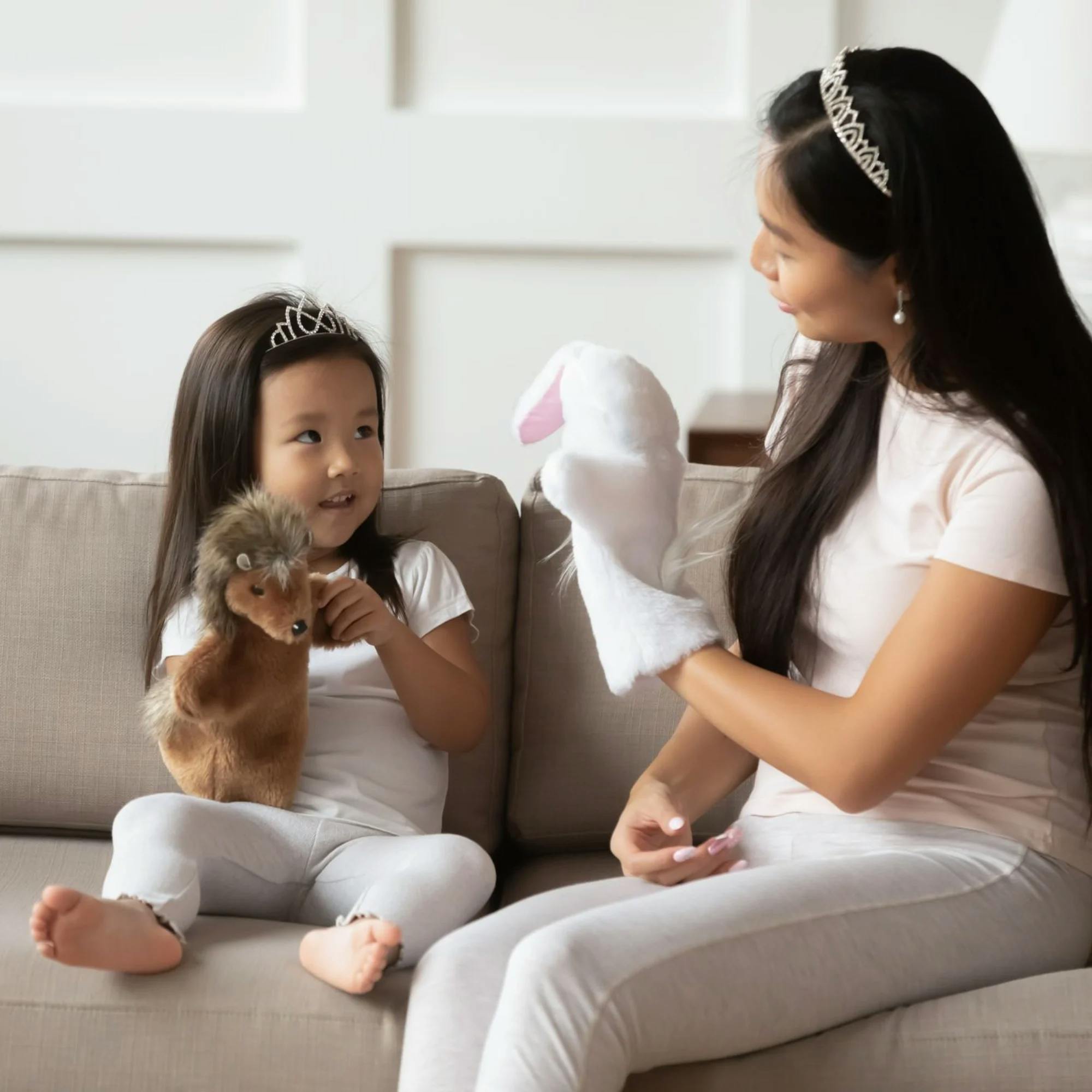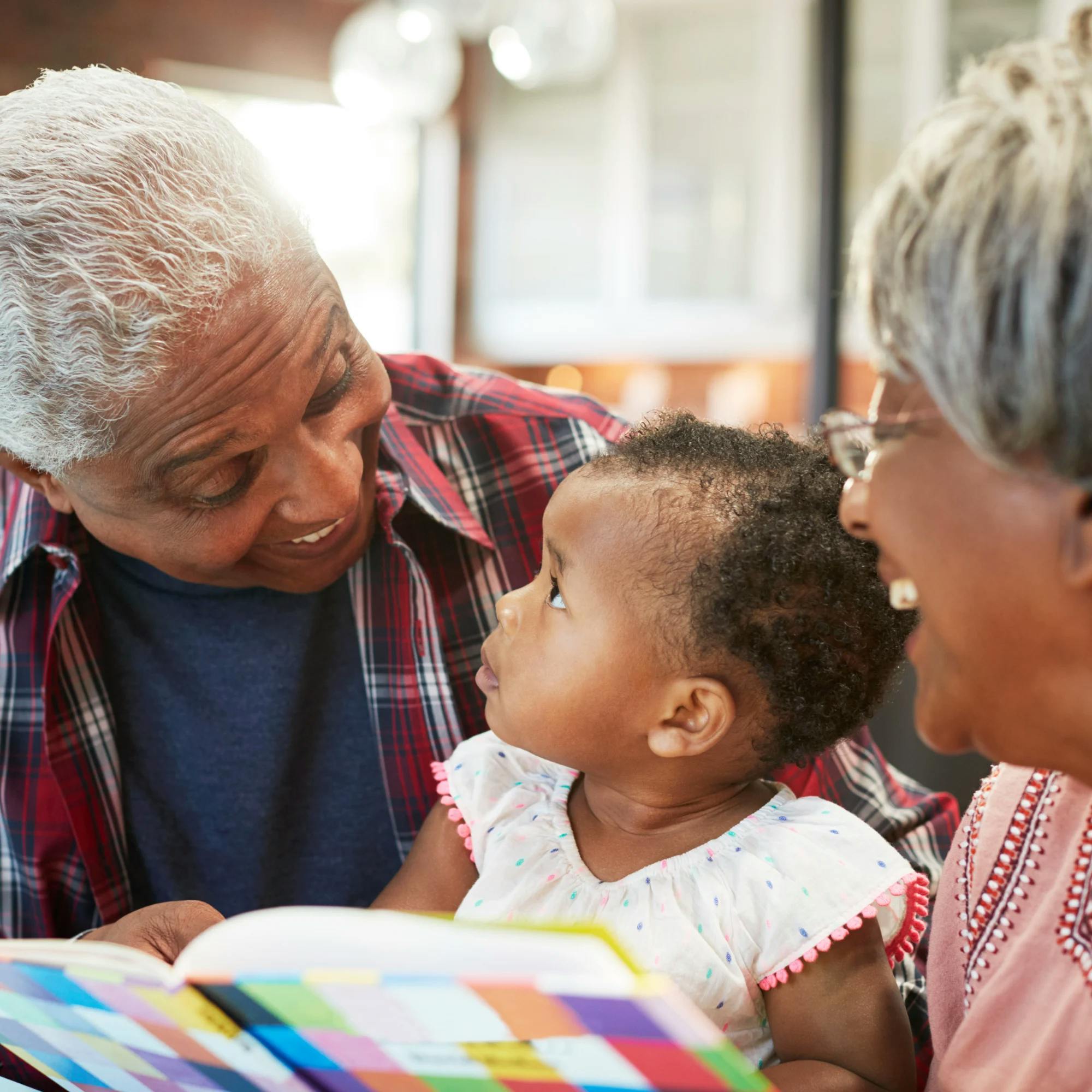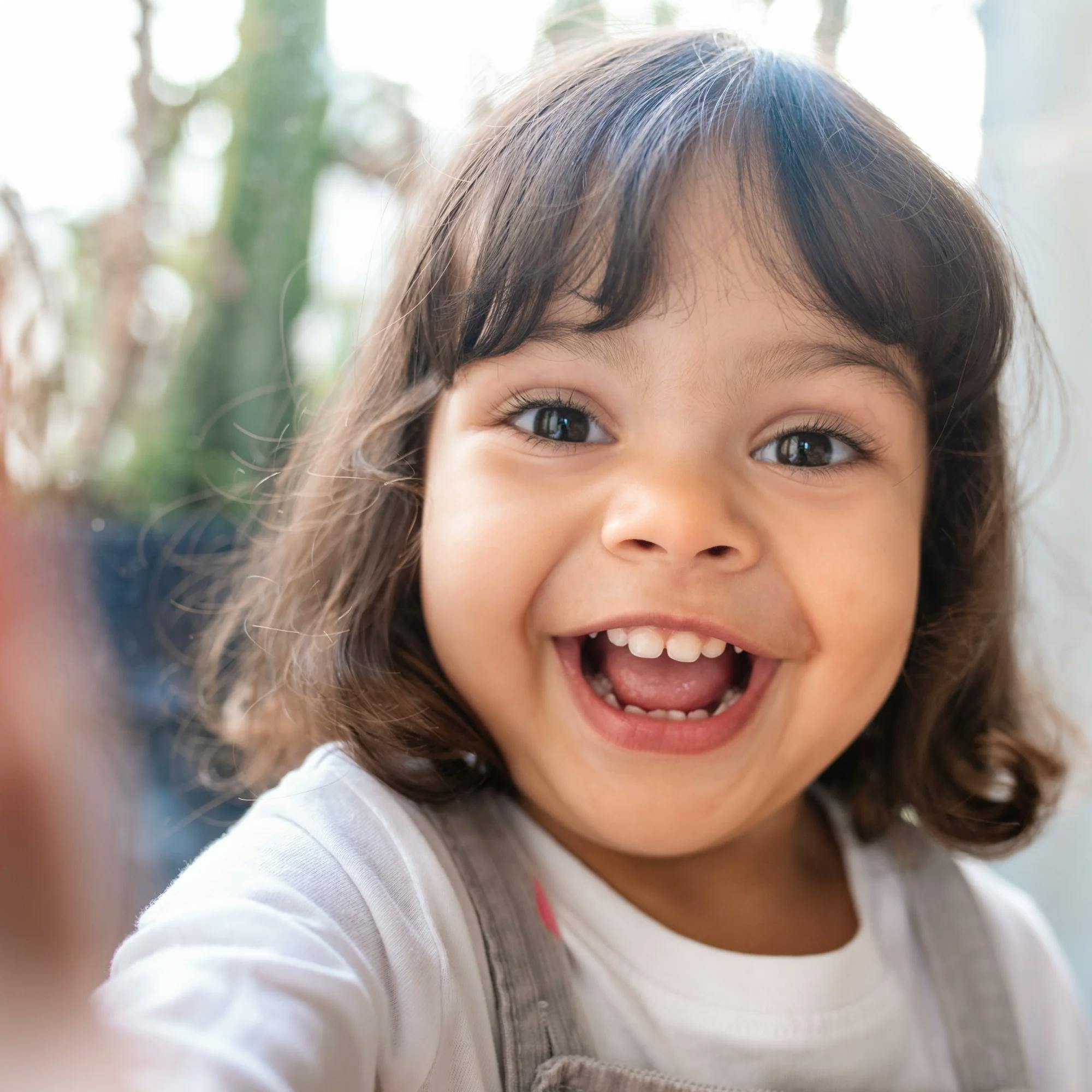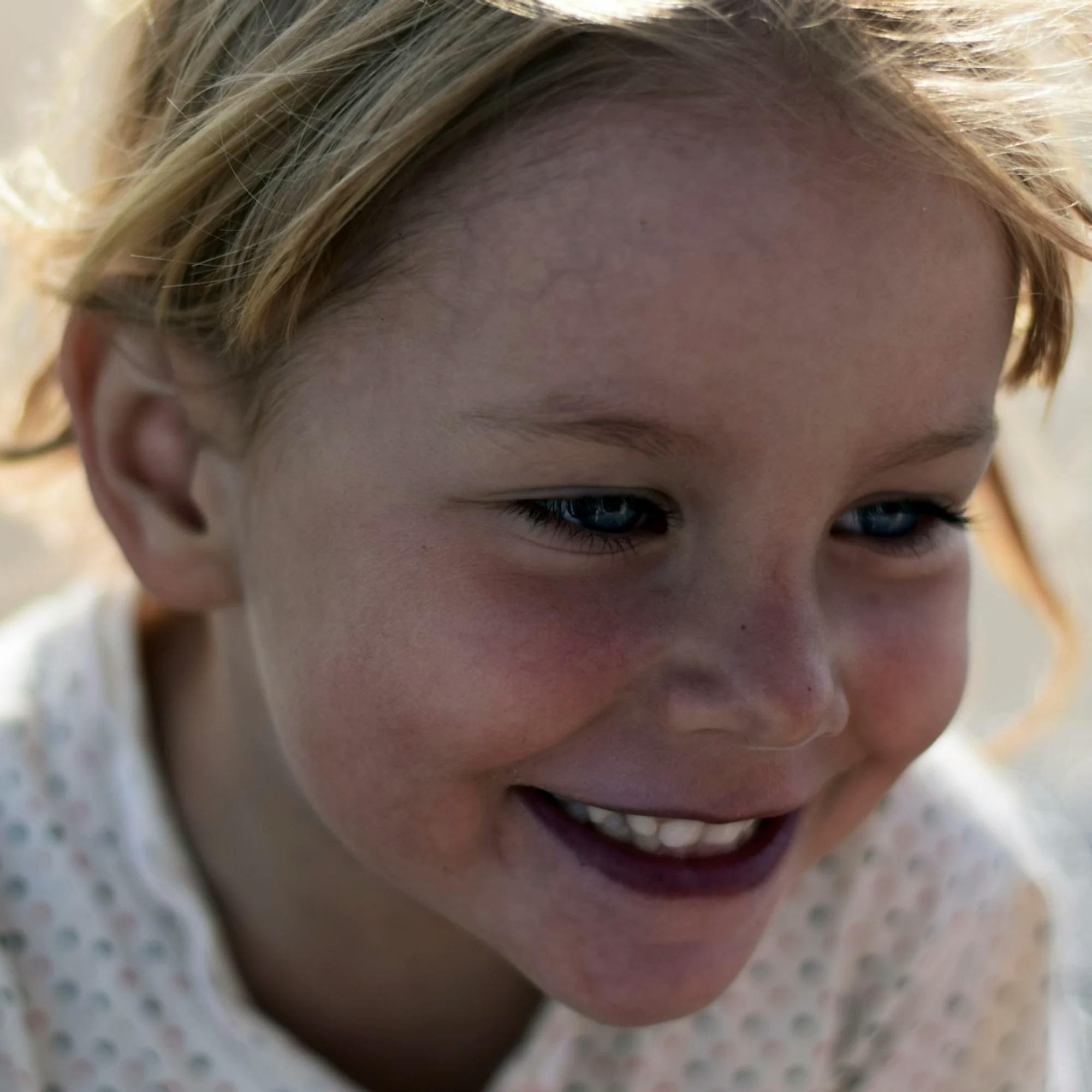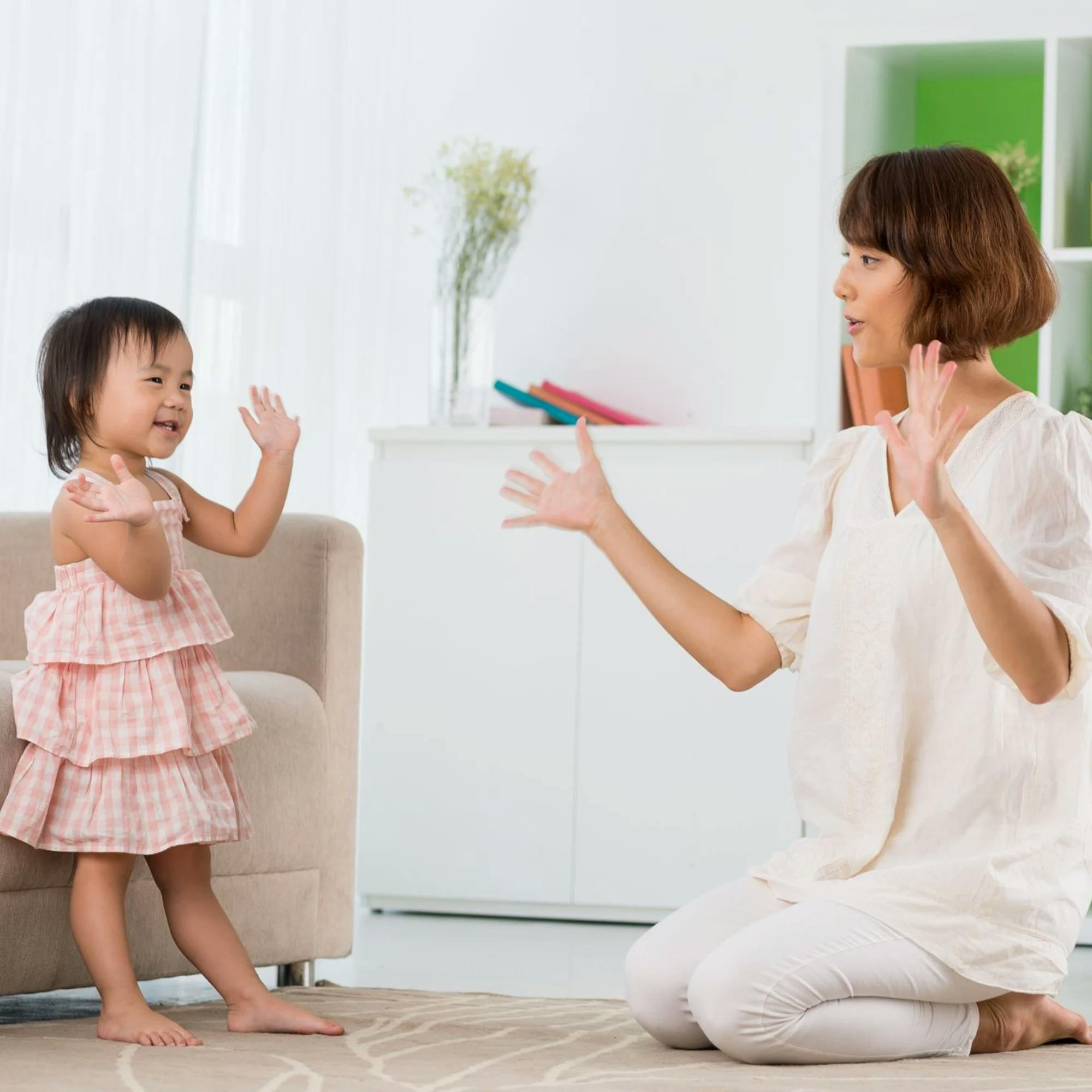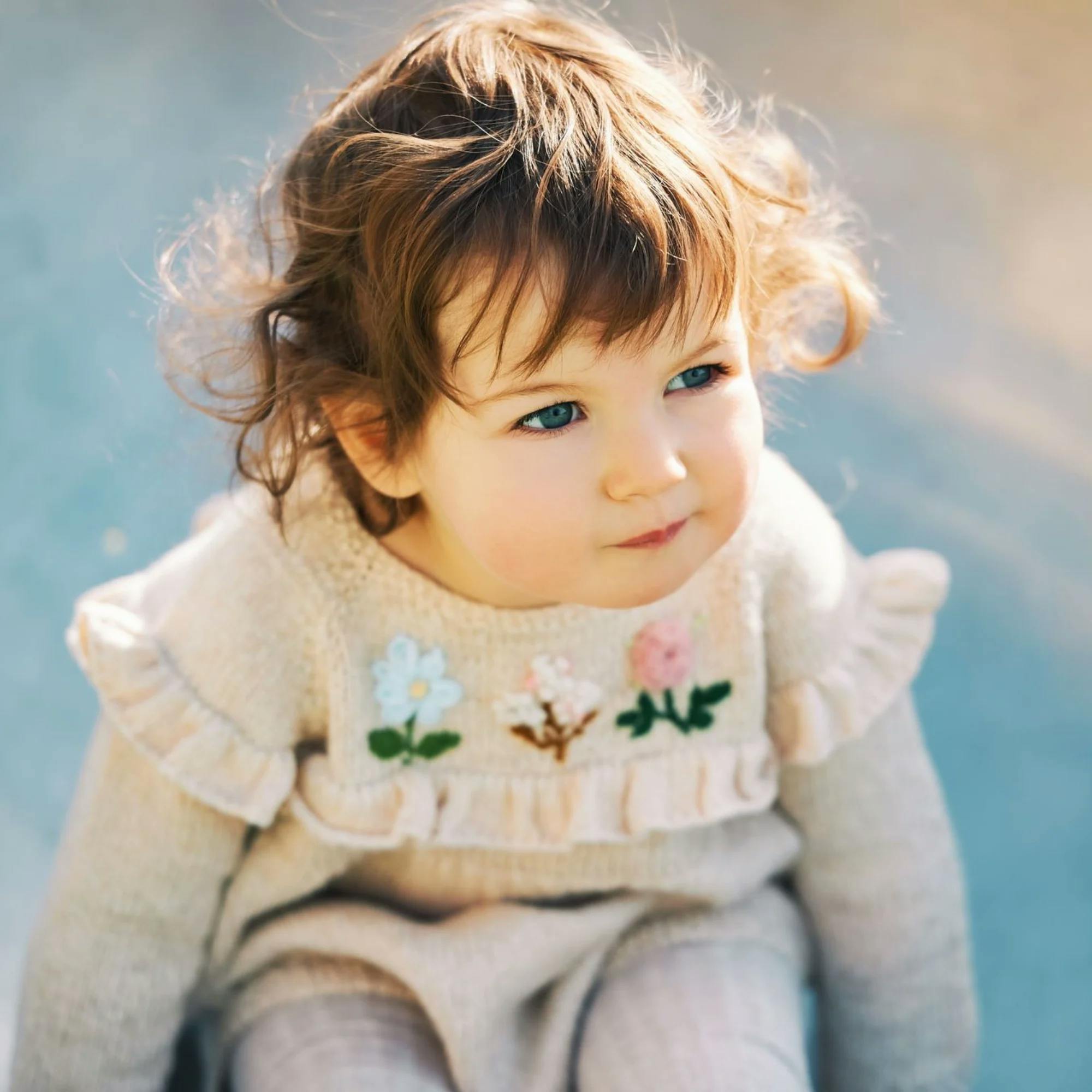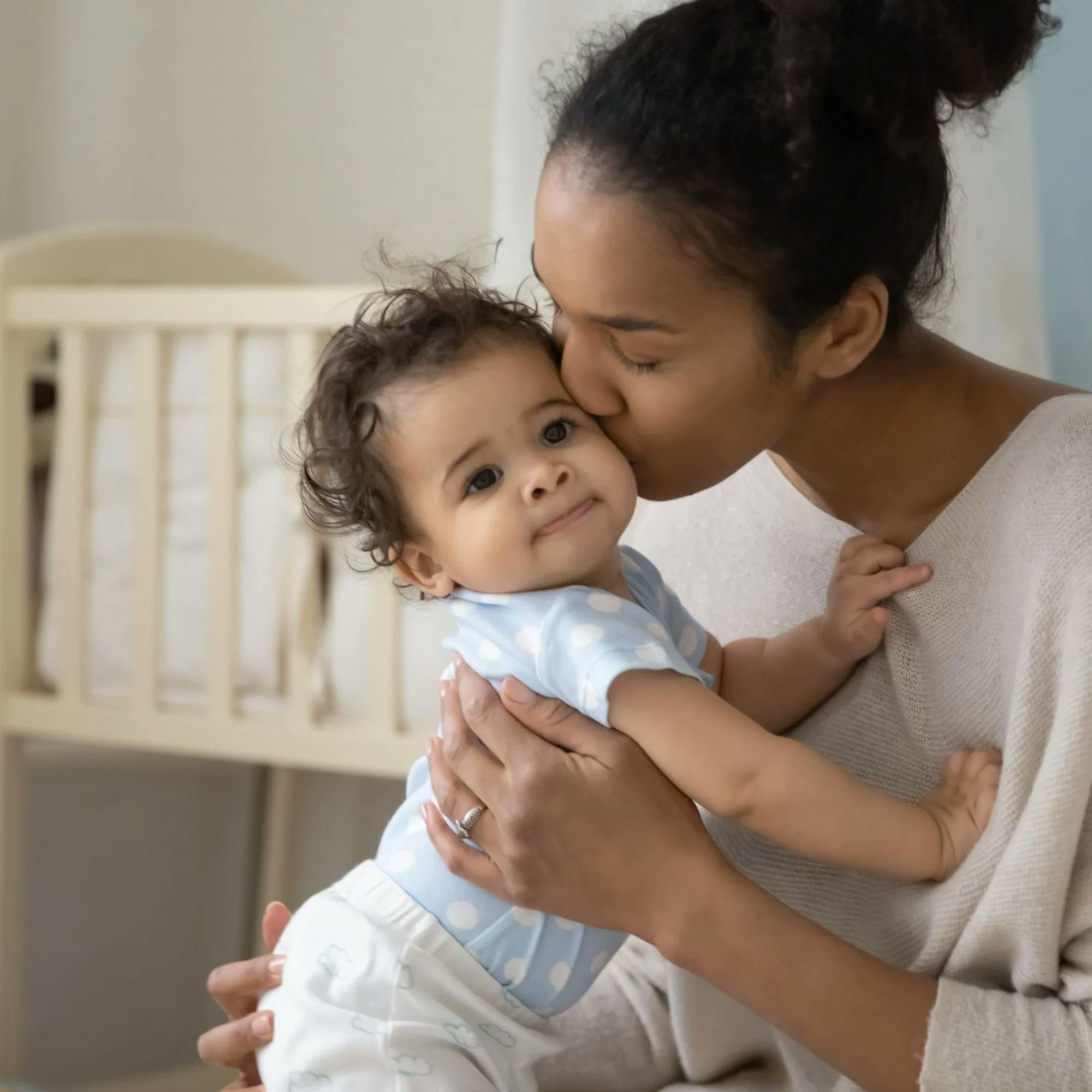Remember being a kid and running around the playground, coloring a picture, or playing with a special toy? Sure, you were having fun, but did you realize you were actually progressing through important milestones of play development?
Probably not–to kids, play feels like, well, play. And sometimes it even looks that way to grownups. But in fact, play is a major part of childhood development, and playing actually contributes to speech and language growth.
So how do kids learn to play? There are 6 specific stages of play that children move through as they get older. Let’s look at how babies and toddlers play as they develop, and how these milestones impact speech and language development.
Why is play so important to early childhood development?
Play is vital for a child’s development for many reasons. One is that play allows the child and their parent or caregiver to experience something together. This promotes joint attention and provides opportunities for language modeling from the caregiver. The more children hear language, the sooner they’ll learn to use words themselves.
Playing also promotes turn-taking. When kids take turns while playing, such as rolling a ball back and forth or making silly faces with another person, they’re learning the foundation for having a conversation. Here’s an example of a simple exchange:
Caregiver: “Do you want an apple?”
Child: “No. Cracker.”
Caregiver: “You want a cracker?”
Child: “Yes!”
Notice the questions and responses? How each person says something in response to the other? When kids start talking, the back-and-forth of their conversation will be simple at first. But with time and practice, their language skills will continue to grow!

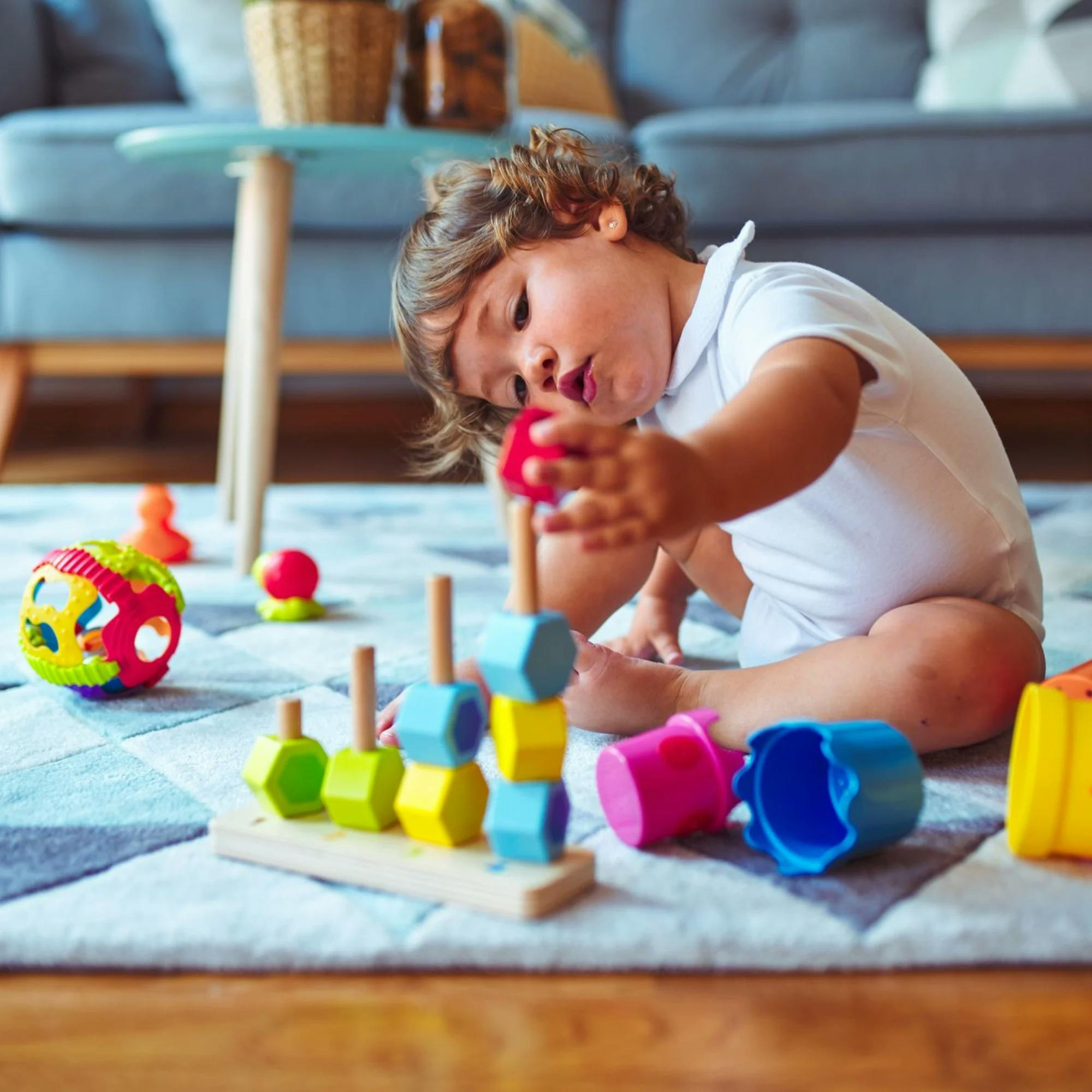
The 6 stages of play and engagement with others
You may be surprised to know that the stages of play can begin as early as birth! These 6 stages are related to how a child interacts with their environment early on, and with other people as they grow. Here’s how children learn to play:
1 Unoccupied play: From birth to 3 months old
A very young baby spends time learning about their body by moving their arms, legs, hands, and feet. Think about the times you’ve seen a baby lying on a blanket, kicking happily, and smiling at the ceiling fan or light. They are likely in the stage of unoccupied play.
2 Solitary play: From birth to 2 years old
During their first two years, babies and toddlers begin to independently explore their environment. They play alone and aren’t yet interested in playing with others. So maybe you take your 20-month-old to the park to play in the sandbox. They would be focused only on what they’re doing, without engaging with other kids.

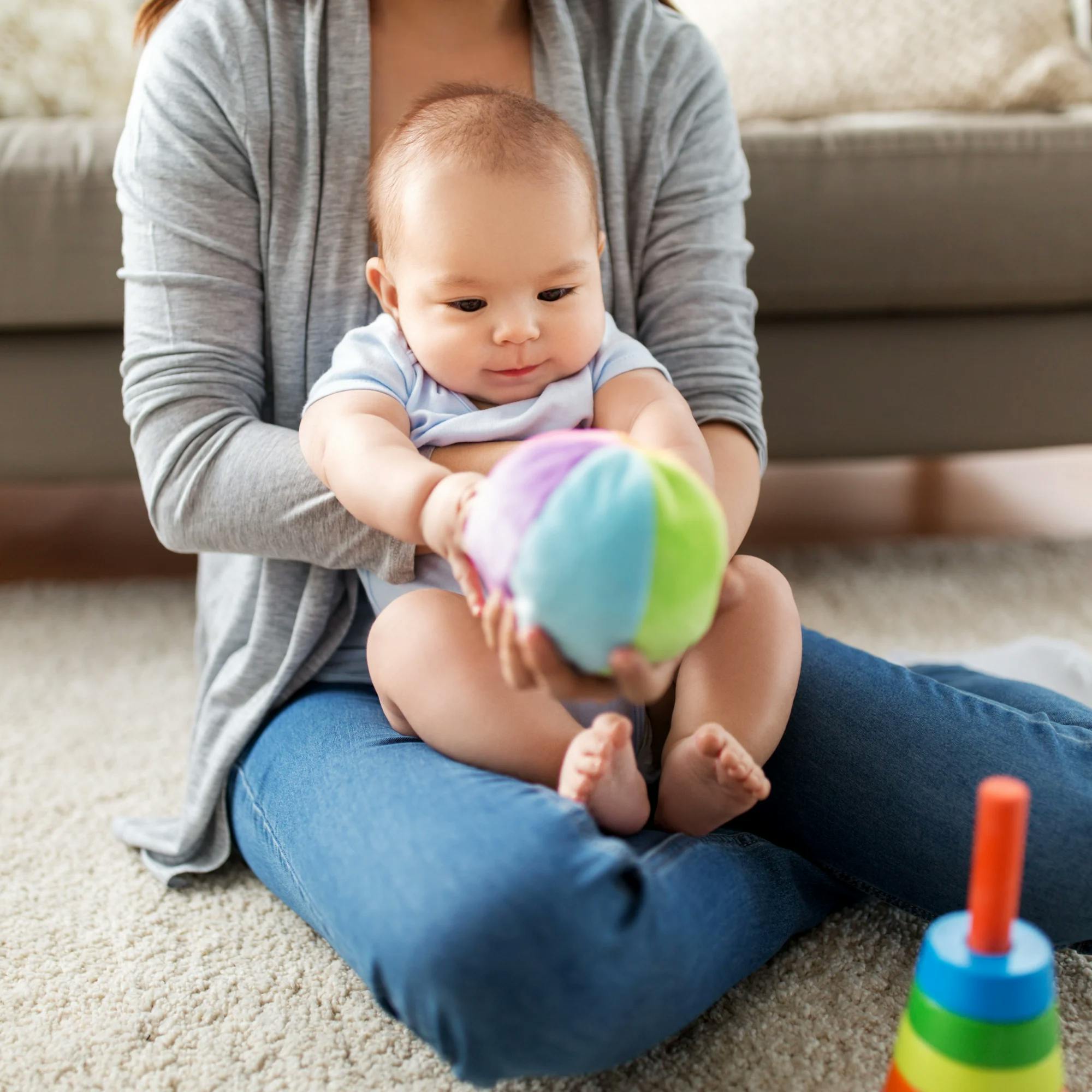
3 Spectator/onlooker behavior: 2 to 2 and a half year old
In this stage, the child watches others play from a distance but doesn’t try to join or play with them. They’re becoming more aware of other kids, but they aren’t developmentally to the point of interacting with them.
4 Parallel play: 2 and a half to 3 years old
The child plays alongside or near others but doesn’t play with them yet. So think about that sandbox example above. In this stage, the child would play in the sandbox next to other kids and be more aware of them, but they aren’t going to build a sandcastle together.

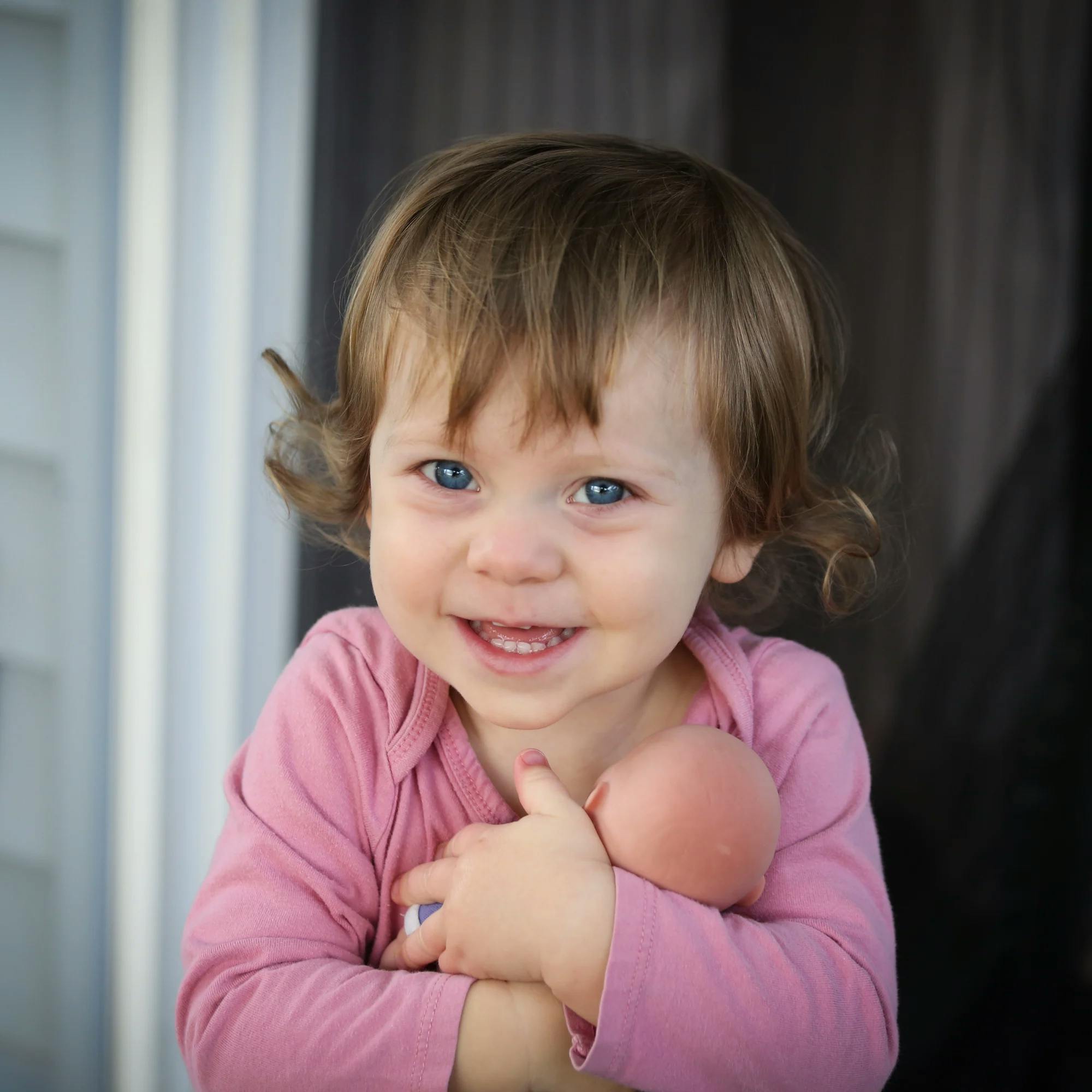
5 Associative play: 3 to 4 years old
At this stage, the child begins to interact with others while playing. They may even share items with another child, but there isn't much cooperation. A great example of this is kids playing with blocks together, but all building their own structures.
6 Cooperative play: 4 years and older
In this last stage of play, the child is interested in and plays with others by sharing toys and ideas. The child follows rules and plays cooperatively. So maybe a group of kids in a classroom play “house” together, or they all work together to build a fort.

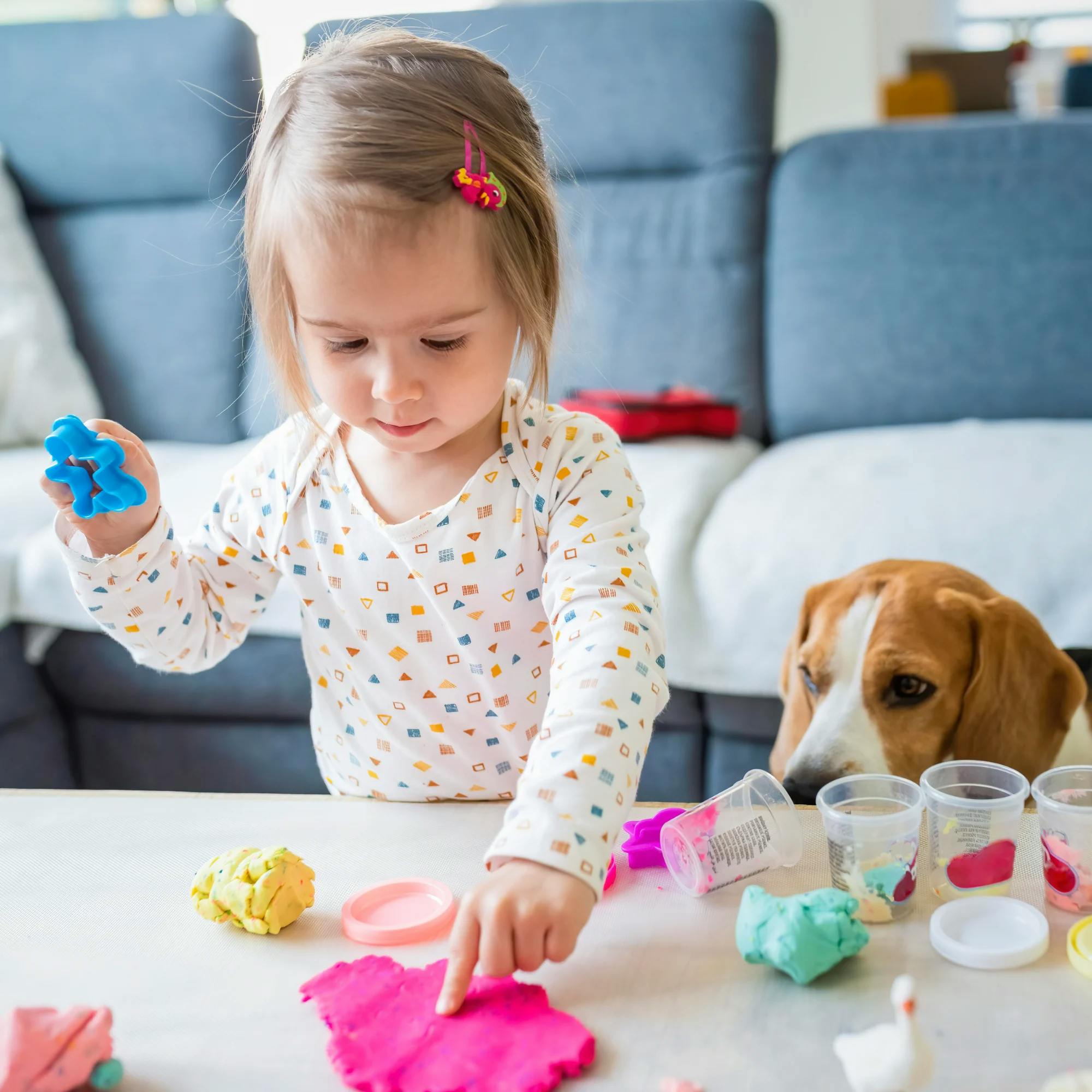
What playing looks like in kids from birth to age 5
When it comes to the types of activities that kids play, there’s a big difference between a baby and a preschooler! Let’s take a look at some of the developmental milestones related to play activities, along with ideas for playing with your baby, toddler, or preschooler.
Play milestones: 3 months old
At this age, playing involves basic skills that help babies learn to respond to others and their environment:
Begins to interact face-to-face and may even coo in response to their caregiver being playful or making faces at them
Notices and responds to sounds
Play milestones: 3 to 6 months old
Babies begin to be able to hold and physically explore toys, setting the stage for play down the road:
Shows interest in toys with sound
Shakes rattle
Enjoys playing with and mouthing toys with a variety of textures, such as soft, squishy, and bumpy
Grasps for dangling objects
Play milestones: 6 to 9 months old
Babies are becoming more responsive to others and to toys, so simple games like peek-a-boo are extra exciting for them!
Shakes and bangs toys
Explores toys using their fingers and mouth
Reacts to fun games like “peek-a-boo”
Anticipates what will happen next in simple games (baby scrunches their face up or turns away as you reach out to tickle them)

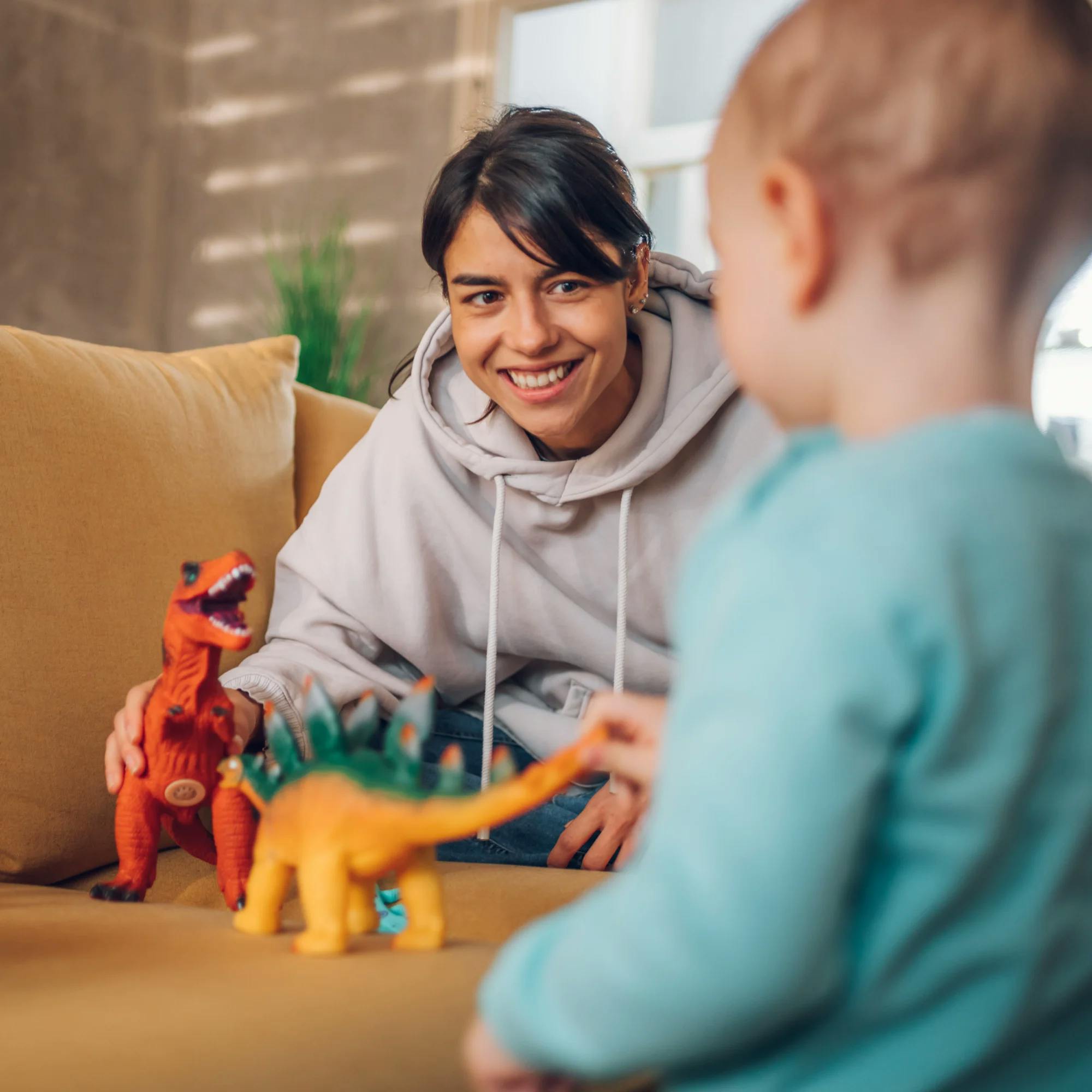
Play milestones: 9 to 12 months old
Babies start exploring and beginning to understand more of the cause-and-effect of toys and play tasks:
Squeezes toys
Puts toys in a container and takes them out
Throws intentionally
Begins to stack rings

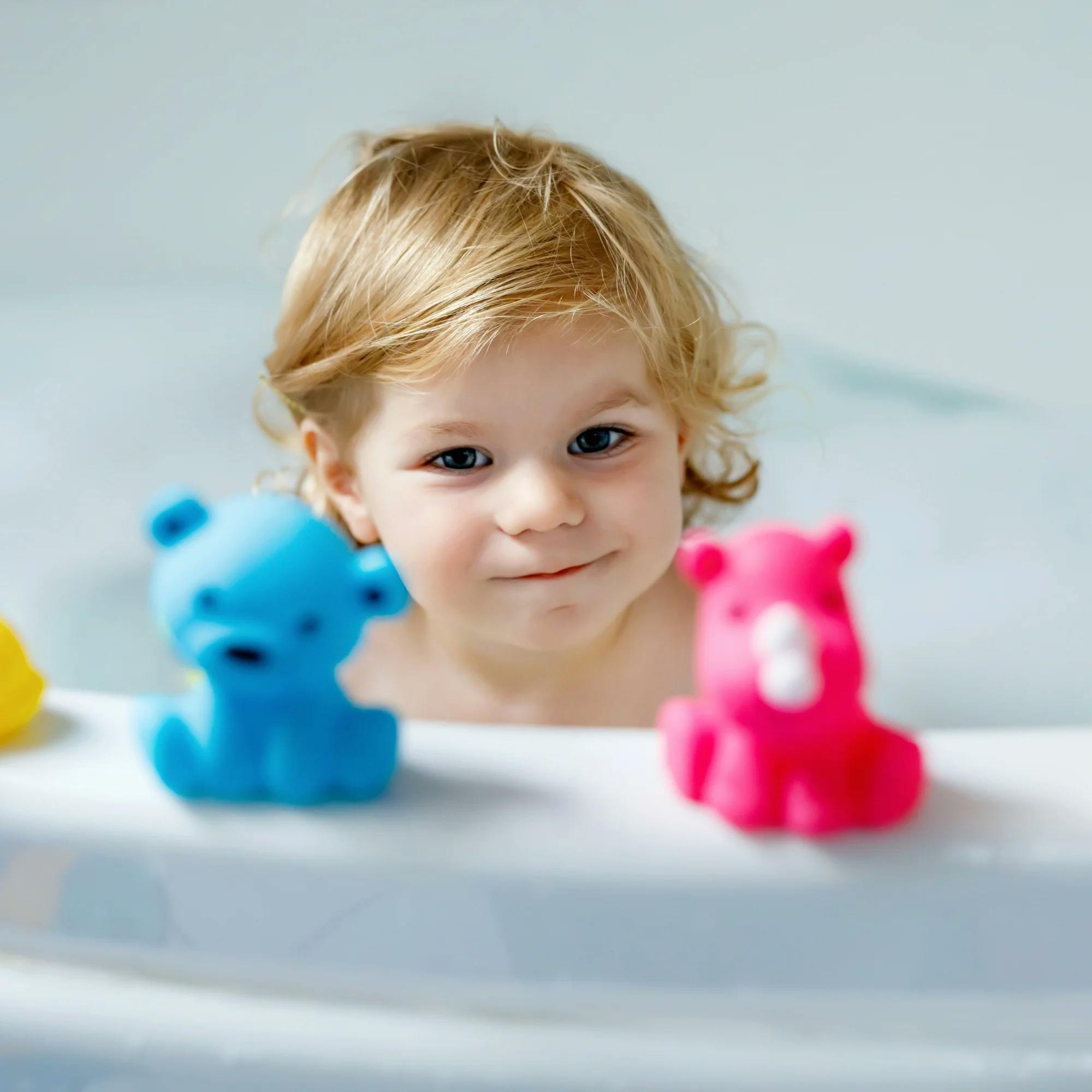
Play milestones: 1 to 2 years old
By this age, a toddler’s attention span is increasing, and they can engage in more purposeful play:
Plays with objects and toys more appropriately (for example, pretends to drink from a toy cup)
Scribbles with crayons
Pulls toys
Hugs dolls and stuffed animals
Stacks blocks
Uses two objects together (mixes a spoon in a bowl)
Starts to use objects toward themself and others (pretends to feed you)
Begins to imitate others
Usually plays with toys without mouthing them
Play milestones: 2 to 3 years old
Play activities become more complex at this stage:
Begins to participate in pretend play and use toys for their intended purpose (talks on a pretend phone)
Uses toys to act out simple themes from their own experiences (brushes hair)
Pushes trains and cars
Builds towers
Completes puzzles
Engages in sensory play (Play-Doh, kinetic sand)
Plays in small groups with other children
Imitates other children
Begins to role-play (pretends to be a doctor)


Play milestones: 3 to 4 years old
Play starts to become more imaginative and dramatized at these ages:
Begins to share and engage in more cooperative play
Reenacts experiences within their play (for example, reenacts their birthday party)
Begins to play roles outside of their personal experiences (pretends to be a police officer)
Enjoys dress-up
Uses one object to represent another (using a block as a phone)
Uses dolls actively

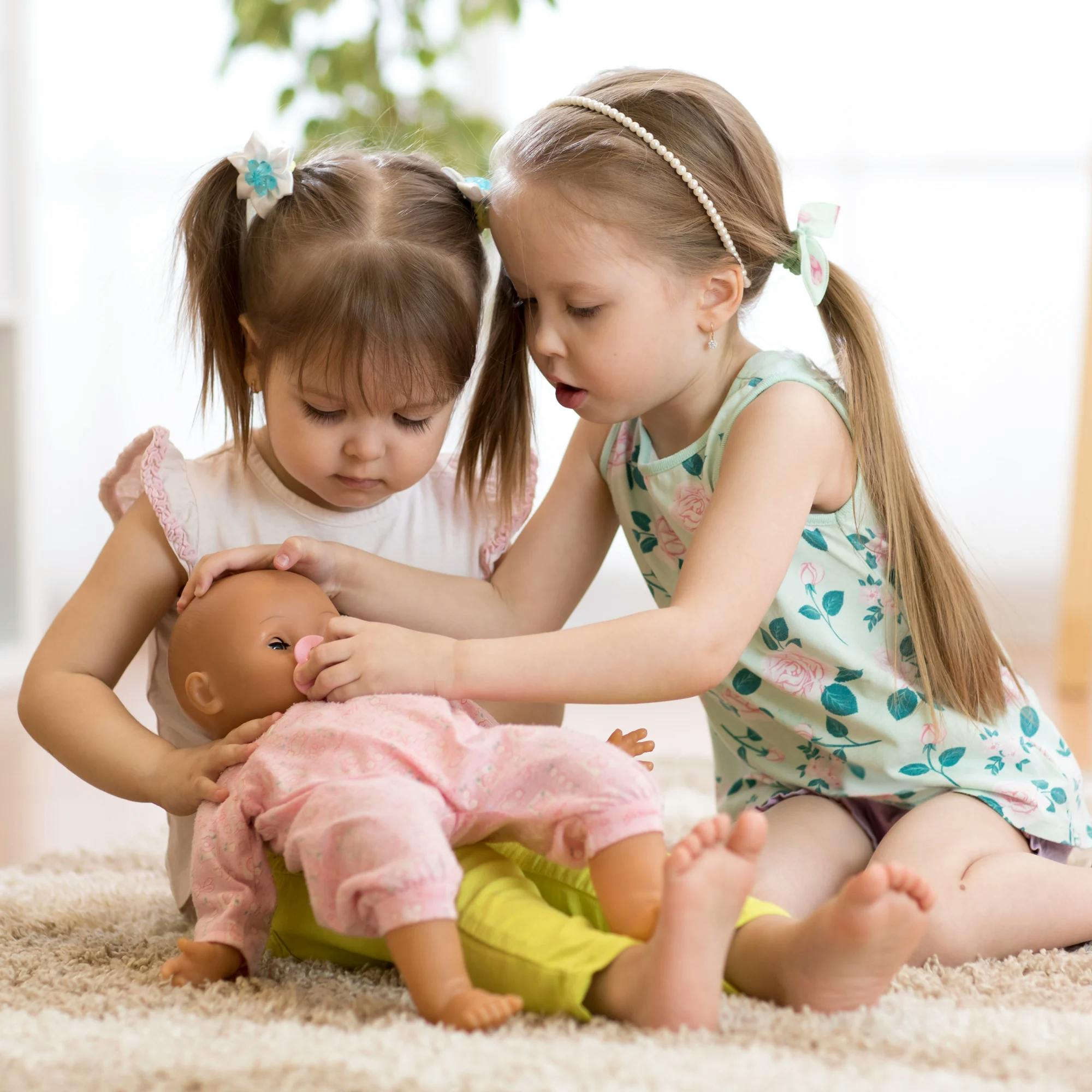
Play milestones: 4 to 5 years old
Playing becomes more organized and complex, often with a story plot, as well. Look at some of these examples:
Uses dolls and puppets to act out scripts
Good imaginative play
Plays in groups, and friendships become stronger
Participates in making crafts
Plays in new social situations
Plays with a toy or activity for at least 15 minutes at a time
Negotiates during play (Example: “You can play with my blocks but I want to play with them, too”)

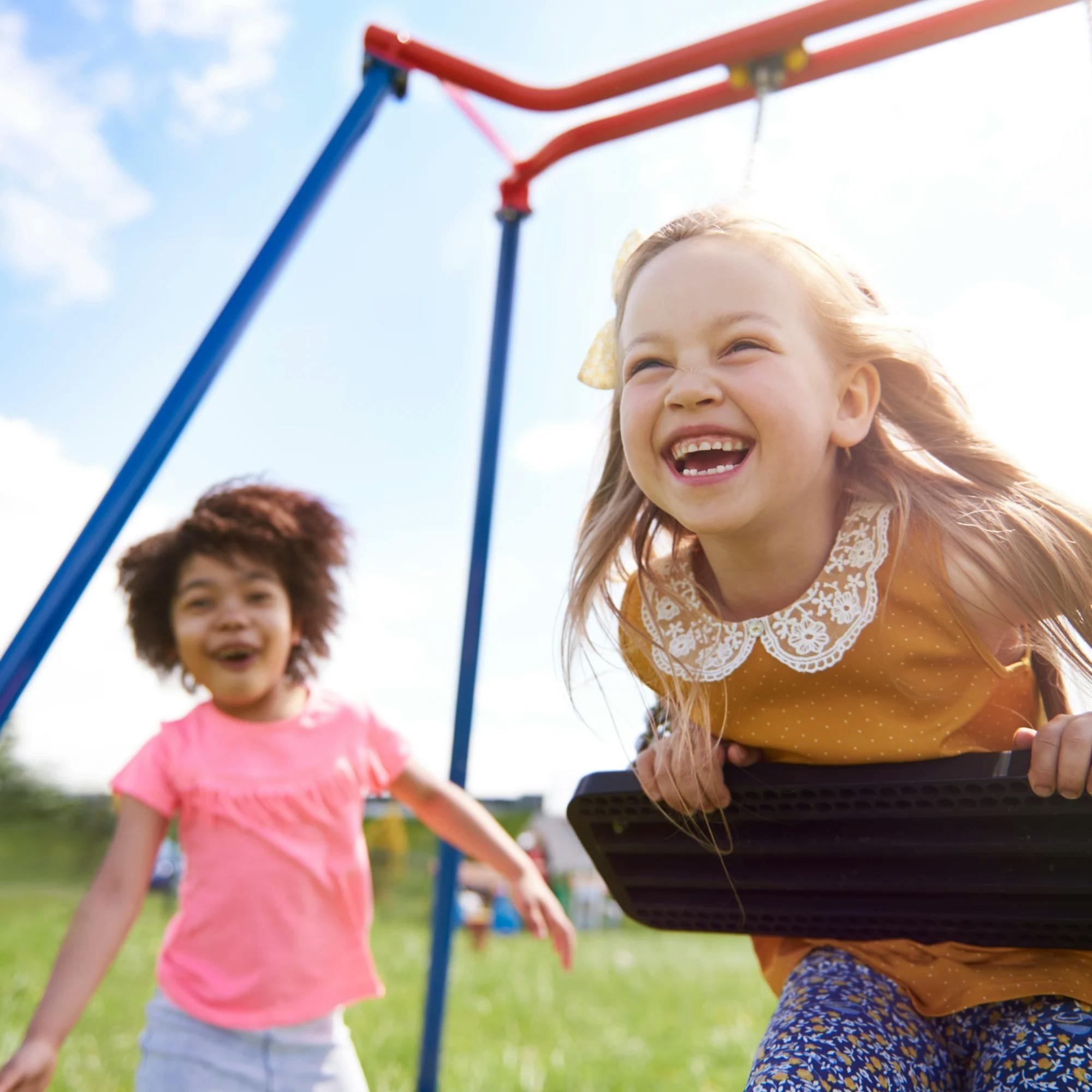
What to do if your child seems delayed in speech or play skills
If you’re noticing any delays in your child’s play skills or communication, talk to your pediatrician. You can also reach out to a speech therapist to ask questions related to your child’s speech and language. The speech therapist can complete an evaluation to help determine if therapy is needed, and if so, what goals would be helpful for your child.
Expressable offers a free online screener with questions about your child’s speech and language tailored to their age. Or, if you’d like to talk with one of our specialists, don’t hesitate to schedule a free consult call. We’d be happy to answer your questions!
How Expressable Can Help
Concerned your child isn't reaching age-expected milestones? Looking for communication support from a professional? Expressable is a national online speech therapy practice serving children and adults. We treat all major areas of communication and feeding, offer flexible hours including evenings and weekends, and accept most major health insurance plans. We’re proud to have earned more than 3,000 5-star reviews from our clients (4.9/5 average).
Our therapy model is centered on parent and caregiver involvement. Research proves that empowering caregivers to participate in their loved one’s therapy leads to better outcomes. That’s why we combine live, 1-on-1 speech therapy with personalized education and home practice activities for faster progress.
Communication is more than words. It’s how we share how we feel and show who we are. We’re here to help you or your child do just that.

 Abby Barnes, M.S., CCC-SLP
Abby Barnes, M.S., CCC-SLP